 Shutterstock
Shutterstock
Dogs are incredibly loyal, loving companions, but they don’t come with a manual. Whether you’re a first-time dog owner or a seasoned pro, dog training can sometimes feel overwhelming. With patience, consistency, and the right approach, though, training your dog can be a rewarding experience for both of you. These tips will help you navigate common training challenges, teach you how to better communicate with your dog, build a strong relationship, and make training more enjoyable for both of you.
Keep Training Sessions Short
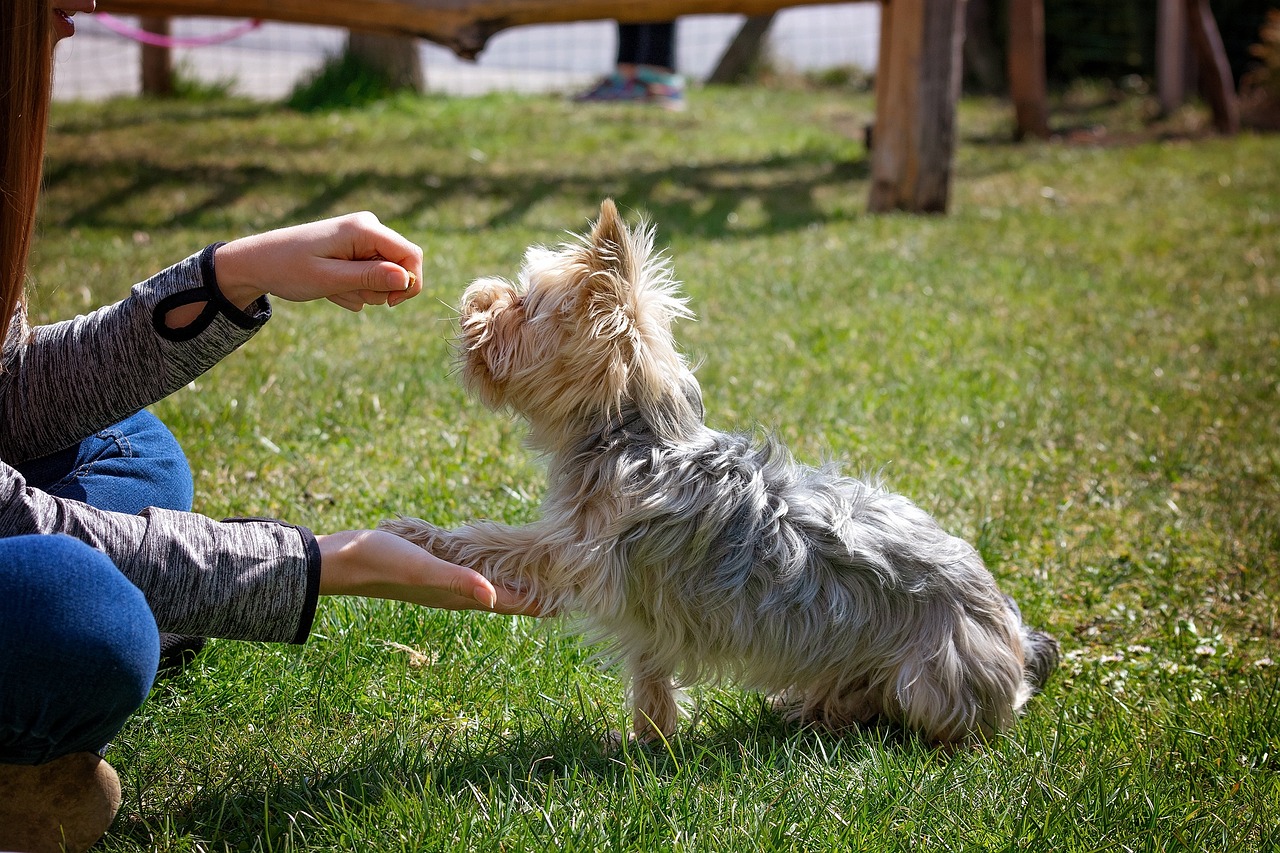 Shutterstock
Shutterstock
Dogs, like humans, have limited attention spans. Training sessions that last too long can lead to frustration for both you and your dog. Keep training sessions to about 10 to 15 minutes to maintain your dog’s focus and prevent them from getting bored or overwhelmed. Short, frequent sessions throughout the day are much more effective than one long session. This will help your dog stay engaged, excited, and ready to learn while making training a fun and rewarding experience.
Use Positive Reinforcement
 Shutterstock
Shutterstock
Positive reinforcement is one of the most effective training techniques for dogs. Instead of punishing undesirable behavior, reward your dog for doing something right. Treats, praise, and toys are great ways to reinforce good behavior. When your dog knows they’ll receive something they love for doing the right thing, they’ll be more motivated to repeat the behavior. Positive reinforcement helps strengthen the bond between you and your dog, making them more eager to listen and respond to your commands.
Be Consistent
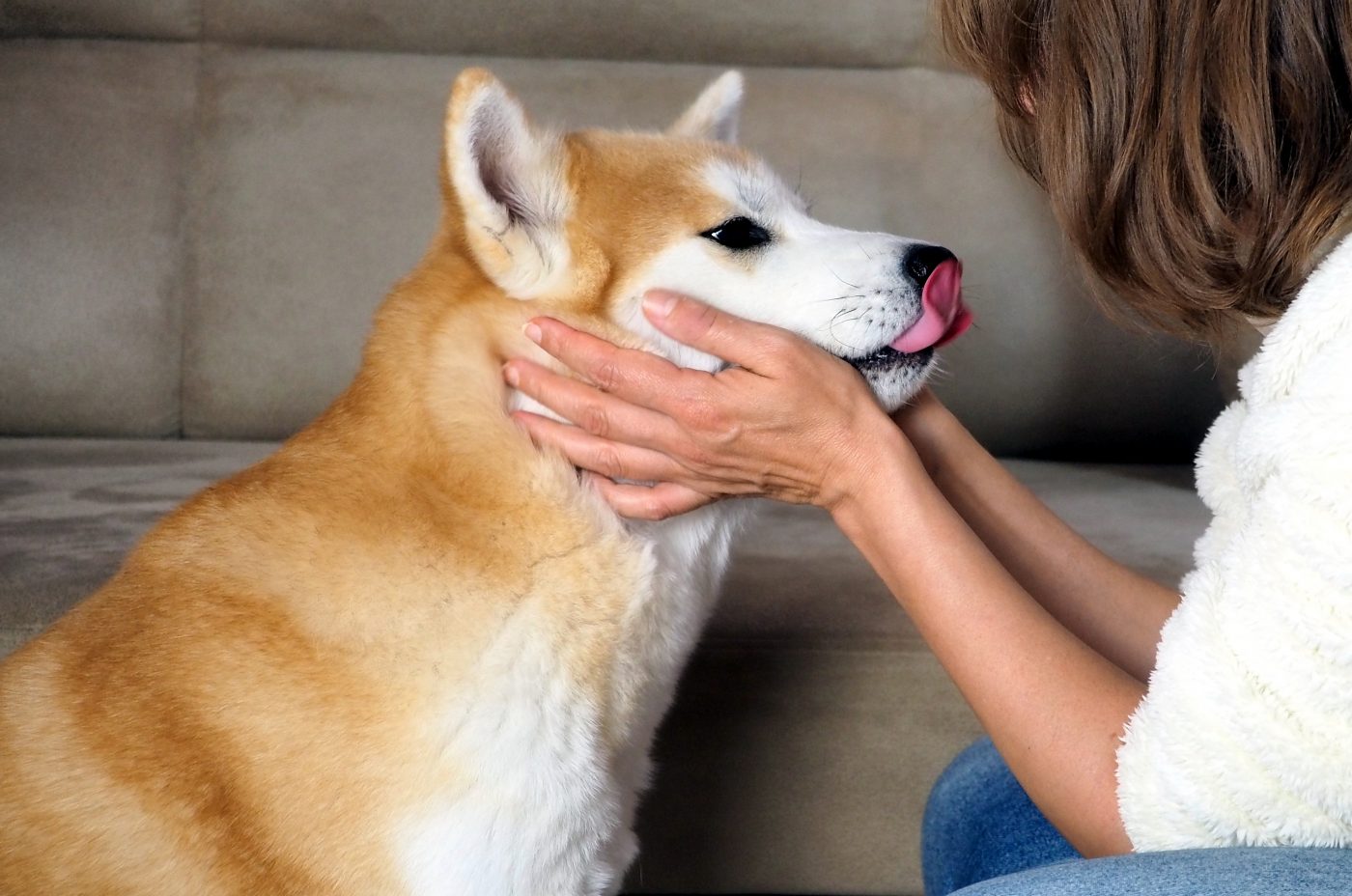 Shutterstock
Shutterstock
Dogs thrive on consistency, so it’s important to establish and stick to a routine. Consistent commands, rules, and expectations help your dog understand what you want from them. If you only correct your dog’s behavior sometimes but not others, they’ll get confused. The same applies to rewards—always reward your dog when they follow commands or exhibits desired behaviors, even if the reward is just praise. Your dog will learn faster and become more confident in their training by being consistent.
Don’t Overwhelm Your Dog
 Shutterstock
Shutterstock
Learning new commands can be stressful for dogs, especially when bombarded with too many at once. It is important to introduce new commands one at a time, allowing your dog to master each before moving on to the next. Overloading your dog with too many commands at once can create confusion, frustration, and slow progress. Mastery takes time, and if you give your dog a chance to succeed at each step, they’ll build a strong foundation and learn more effectively.
Use Treats Wisely
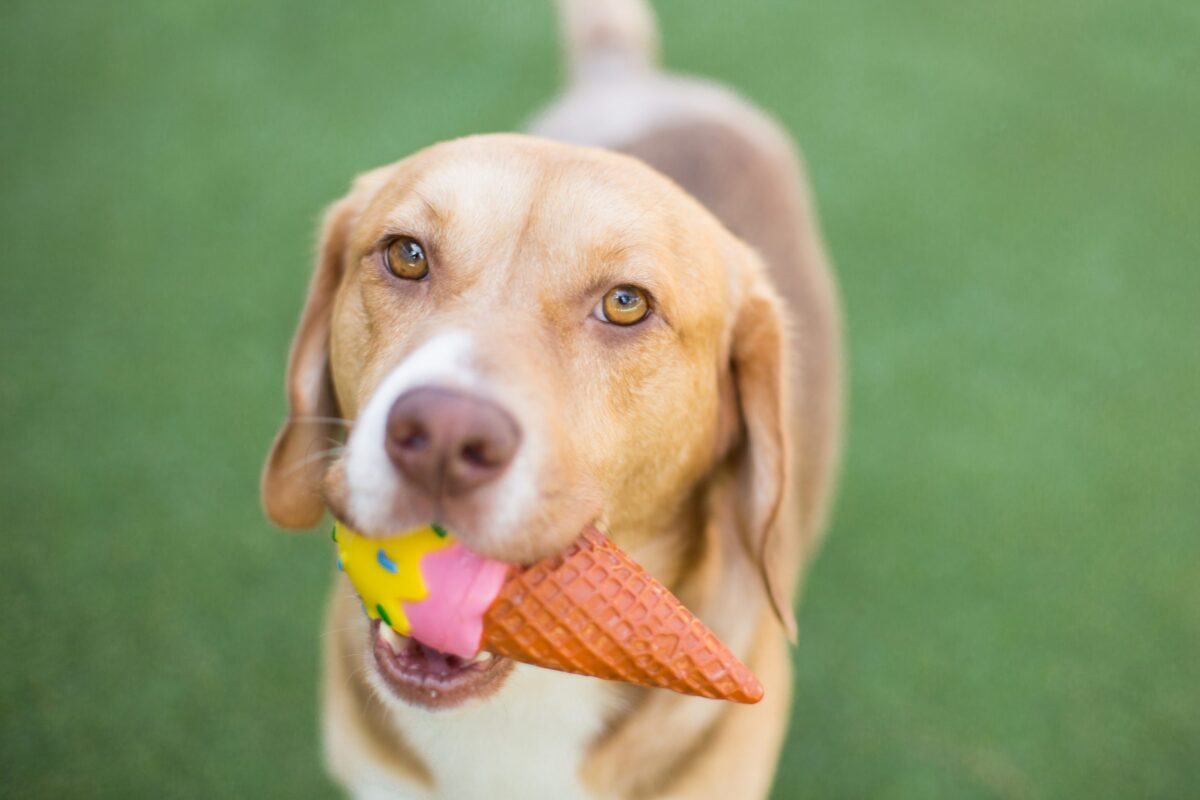 Shutterstock
Shutterstock
While treats are a great motivational tool, you should use them wisely in training. It’s important to phase out treats over time as your dog learns the commands. In the beginning, treats should be used as a frequent reward, but as your dog becomes more proficient, reduce the number of treats given. Eventually, you’ll want your dog to follow commands without needing treats every time. This helps reinforce the behavior long-term and builds intrinsic motivation rather than relying solely on external rewards.
Socialize Early
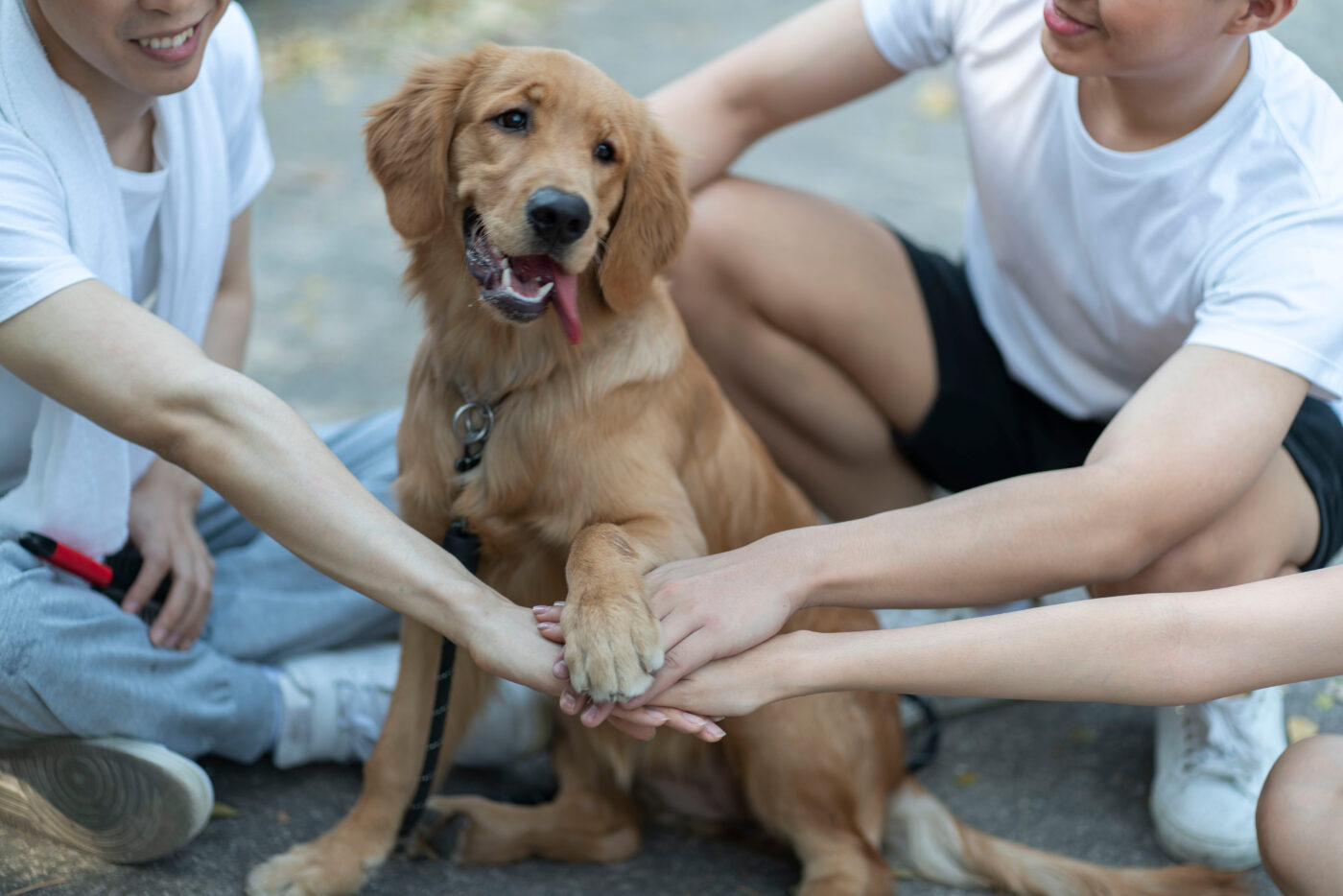 Shutterstock
Shutterstock
Socializing your dog early on is crucial for its development and behavior. Introduce your dog to various people, animals, and environments when it is young to help it become a well-adjusted adult. This early exposure helps prevent behavioral problems like fear or aggression later on. Socialization should be a positive experience for your dog, so go at their pace, allowing them to build confidence in new situations. The more experiences your dog has, the more confident and adaptable they’ll become.
Be Patient
 Shutterstock
Shutterstock
Patience is one of the most important traits a dog owner can have. Training takes time, and every dog learns at their own pace. It’s important to be patient with your dog and avoid getting frustrated if progress seems slow. Every small victory counts, and over time, your dog will catch on. If your dog makes a mistake, don’t punish them; redirect them and keep training positive. With time and patience, your dog will become more well-behaved, responsive, and a joy to be around.
Use the Right Equipment
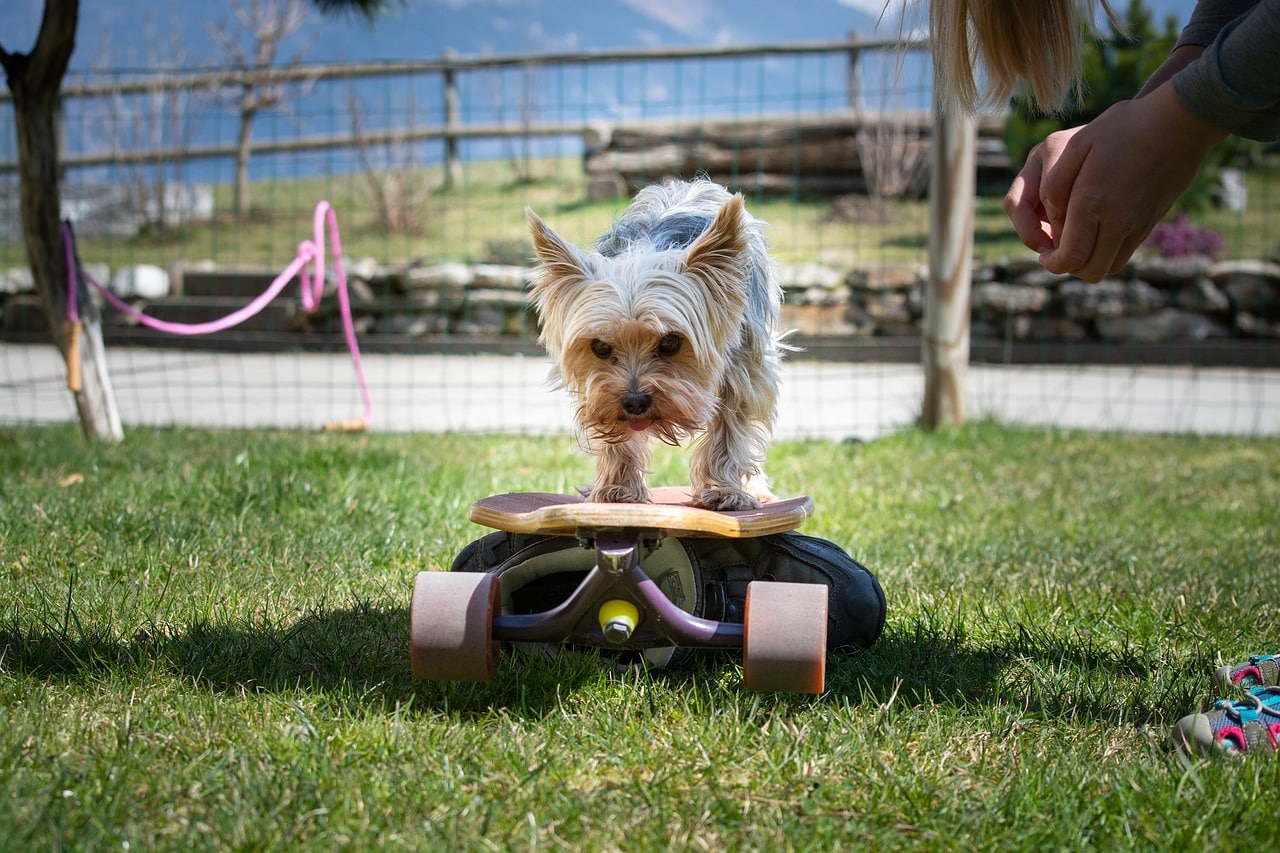 Shutterstock
Shutterstock
The right training tools can make a huge difference in your dog’s progress. While not every dog needs fancy equipment, having the right leash, collar, or harness can help with training. For example, a front-clip harness can prevent pulling during walks, while a clicker can help you mark good behavior for positive reinforcement. Ensure you use the proper tools for your dog’s size, temperament, and training needs. When you have the right equipment, training becomes easier for both you and your dog.
Start Training Early
 Shutterstock
Shutterstock
The sooner you start training, the better. Puppies are incredibly receptive to learning, and starting early sets the foundation for a well-behaved adult dog. Basic obedience training can begin as early as eight weeks of age, and the more your dog learns in their formative months, the easier training will be as they grow. Starting early also helps you avoid bad habits before they become ingrained, making training more effective in the long run.
Focus on One Command at a Time
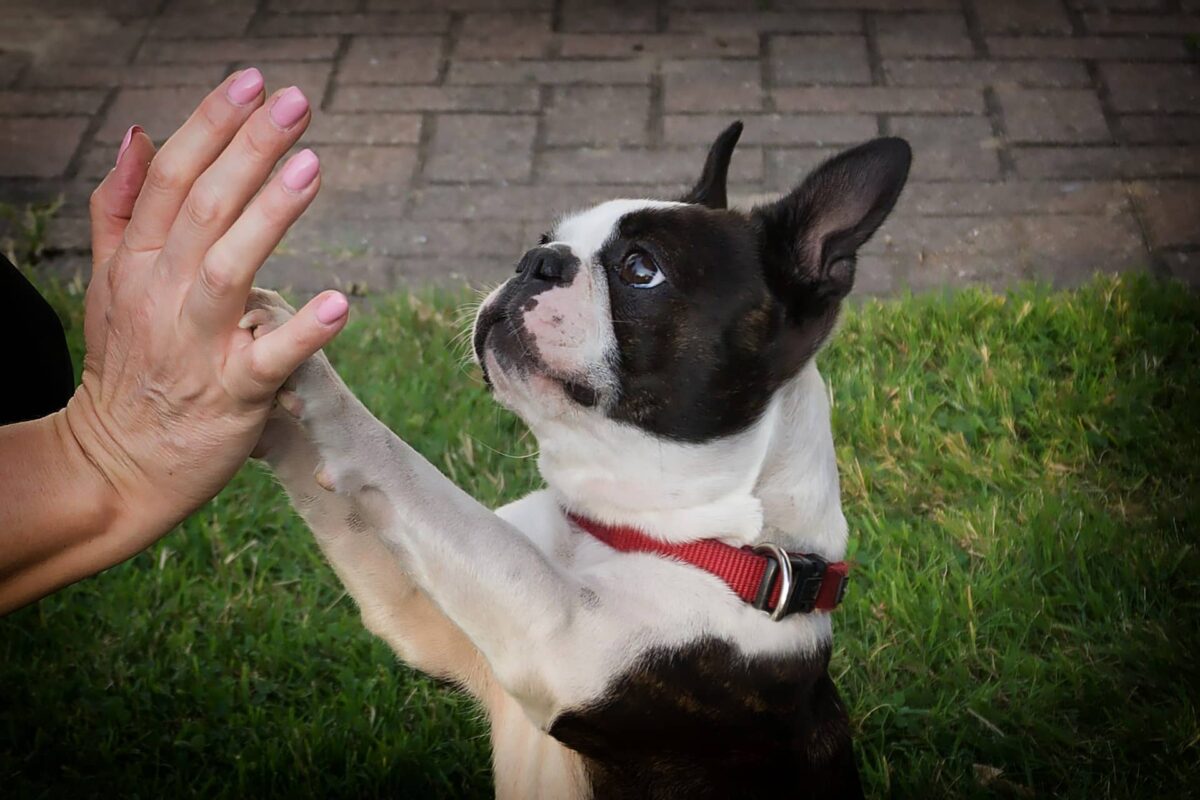 Shutterstock
Shutterstock
Training multiple commands at once can overwhelm your dog and lead to confusion. Focus on one command at a time until your dog has mastered it. Once your dog consistently responds to a particular command, you can move on to the next one. Training one command thoroughly is much more effective than introducing too many at once. This focused approach helps your dog learn faster and more accurately, making the process much less stressful for both of you.
Stay Calm and Confident
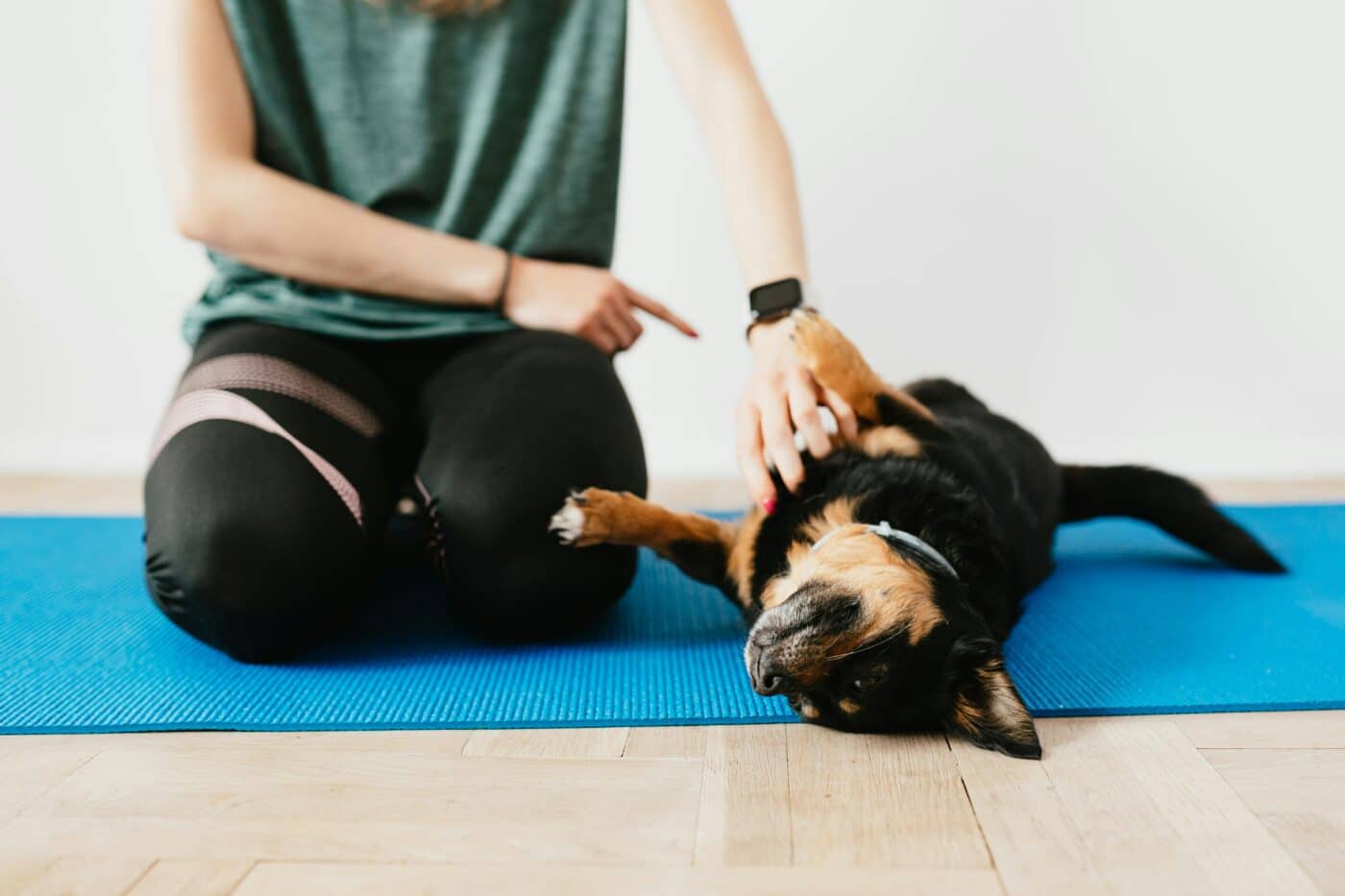 Shutterstock
Shutterstock
Dogs are highly attuned to their owner’s emotions. If you’re nervous or anxious, your dog will pick up on that energy, which can also cause them to feel uncertain. Staying calm and confident during training is important, even if things aren’t going as planned. Your dog looks to you for guidance, so if you remain composed and assertive, they’ll feel more secure and willing to learn. Your calm energy will also help your dog relax and focus on the task at hand.
Reinforce Good Behavior Right Away
 Shutterstock
Shutterstock
Timing is everything when it comes to dog training. If you wait too long to reward or correct your dog, they won’t understand why they’re being rewarded or punished. Always reinforce good behavior immediately after it happens. Whether it’s a treat, praise, or playtime, reward your dog for following commands immediately so they can associate the behavior with the reward. Similarly, if your dog is being naughty, address the behavior immediately so they can connect the action and your correction.
Be Consistent with Commands
 Shutterstock
Shutterstock
Dogs learn through repetition, so it’s essential to be consistent with your commands. If you switch up the words or gestures, your dog may become confused. Stick to the same command every time you ask for a behavior. For example, use “sit” instead of alternating between “sit” and “sit down.” The more consistent you are, the faster your dog learns and responds to your commands.
Set Realistic Goals
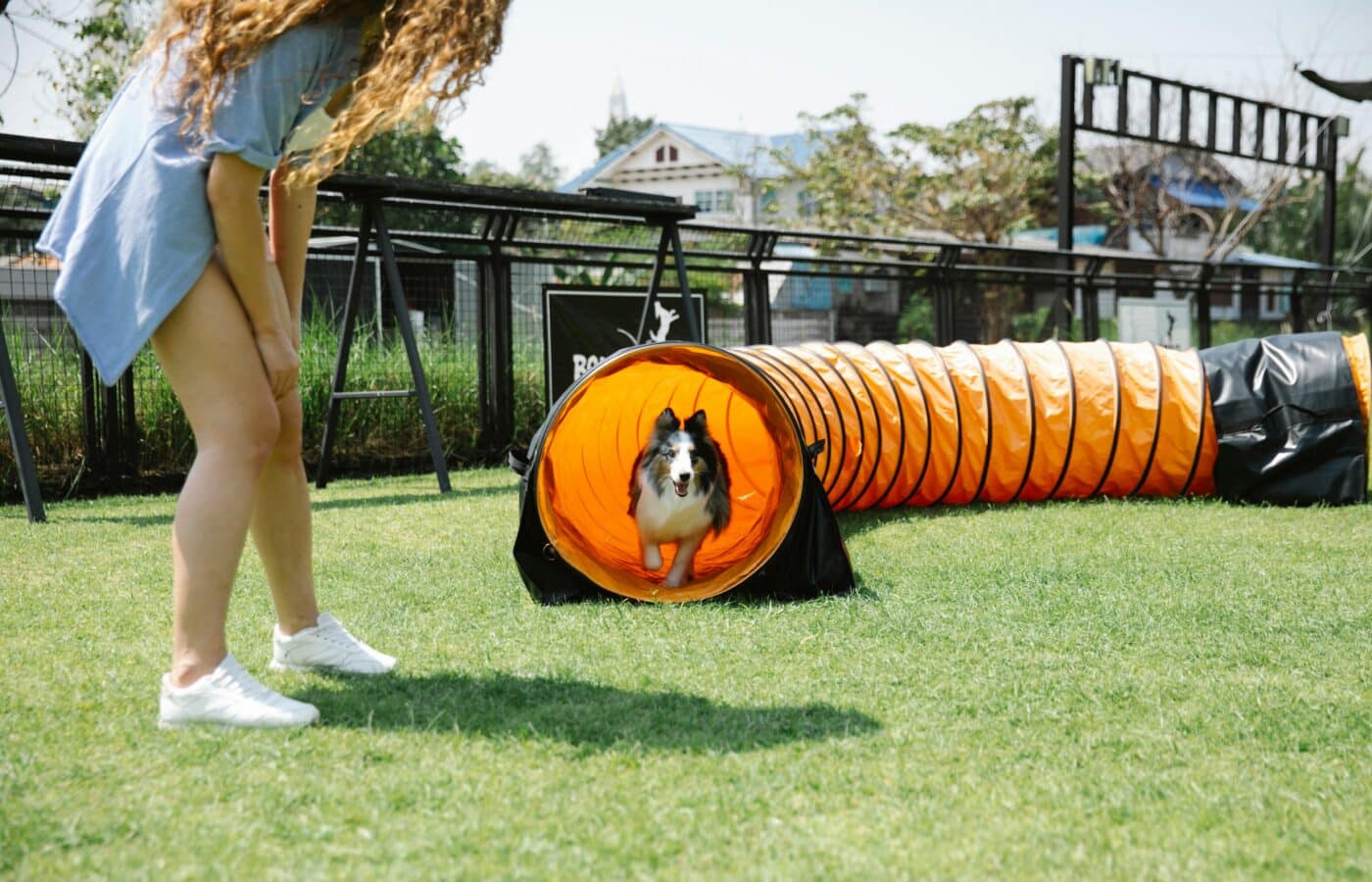 Shutterstock
Shutterstock
When starting out with dog training, setting realistic, achievable goals for you and your dog is important. Whether you’re teaching your dog to sit, stay, or walk on a leash without pulling, it’s essential to break down complex behaviors into smaller, manageable steps. Setting goals that are too ambitious or rushing through the learning process can frustrate both you and your dog. By setting realistic goals, you’ll see steady progress and build confidence in both yourself and your dog. This approach keeps training positive and rewarding for both of you!
Don’t Forget About Mental Stimulation
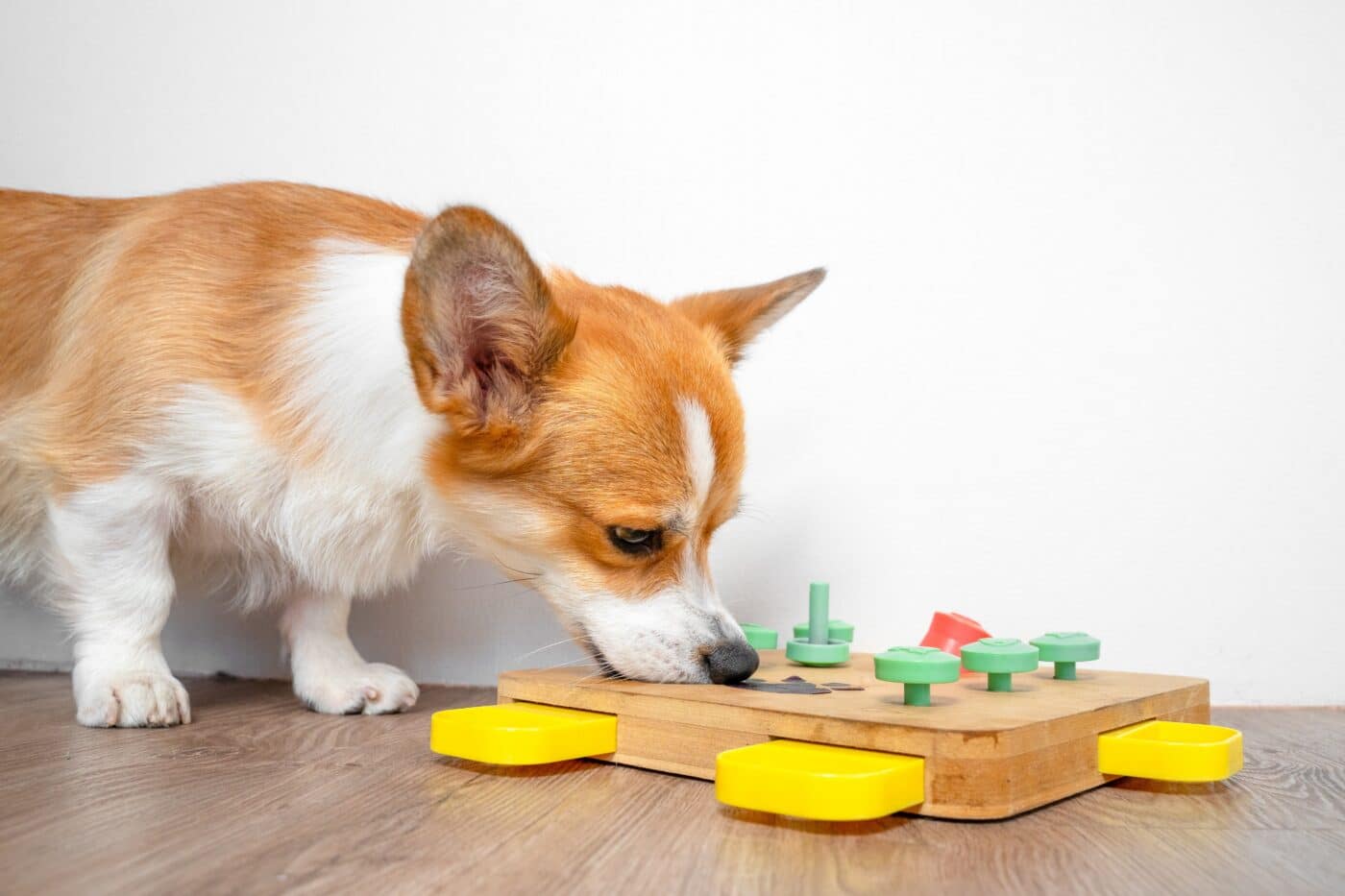 Shutterstock
Shutterstock
Mental stimulation is just as important as physical exercise for your dog. Many dogs enjoy working their brains just as much as they enjoy running around. Incorporate activities that challenge your dog mentally, like puzzle toys, scent games, and obedience training. Mental stimulation helps prevent boredom, which can lead to destructive behavior. Keeping your dog’s mind engaged is crucial for their overall well-being, and it can make your training sessions more enjoyable as your dog becomes more focused and engaged.
The Dog Whisperer’s Guide To Staying Sane
 Shutterstock
Shutterstock
Training a dog can be challenging sometimes, but it’s also one of the most rewarding experiences a dog owner can have. By using these dog training tips, you’ll not only make the process easier but also strengthen the bond between you and your furry friend. Patience, consistency, and positive reinforcement are key to successful training. And if all else fails, just remember that a well-trained dog is a happy dog—and so is their owner. Keep practicing, stay patient, and trust that with time, your dog will be the well-behaved companion you’ve always dreamed of!
 Toledo, United States.
Toledo, United States.